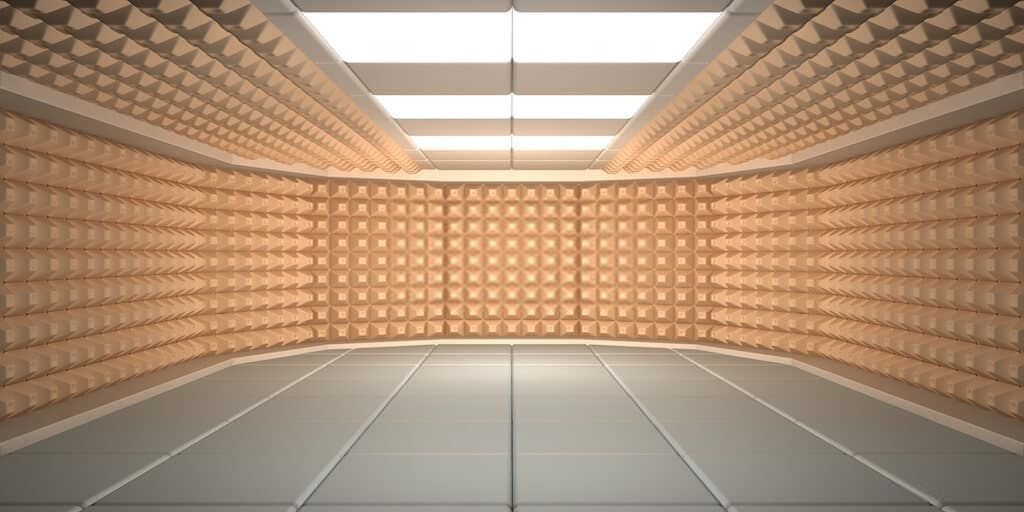Wood Prices Making You Sad (or Mad)?
If wood prices are making it tough or too expensive to build, here are 6 reasons to choose Insulated Concrete Forms (ICF) for your next building project.
ICF vs Wood: 6 Reasons to Choose ICF - This is a condensed summary of an article posted by Kody Horvey on Build Meets World.
1. Continuous Insulation and Thermal Bridging
ICFs create a monolithic wall system, meaning they provide continuous insulation from the footing (basement), through the wall and to the attic. Wood has connection points that allow air to pass through, which is called thermal bridging. When working with wood, any time wood is inside your walls, there is a thermal break.
The continuous insulation in ICFs from the floor to the attic, coupled with the concrete in the core of the forms, prevents thermal bridging in areas where it is unavoidable in wood framing. A good example is at the floor level. In traditional homes, the floor sits on top of the foundation wall, causing a break, whereas in ICF construction, the floor hangs off the ICF wall and maintains the continuity of its insulation.
2. Lifelong Benefits and Durability
ICFs offer many benefits over the lifetime of a building. Because concrete is the main structural element, homes built using ICFs have substantially better durability for wind- and impact-resistance and require less maintenance and repair over their lifetime compared to wood structures.
The ICF blocks themselves are also very durable and can withstand rough handling and storage during the construction process without experiencing a lot of damage that could impact their overall benefits. Typically, any minor damage that does occur to the EPS panels will not have an impact on the airtightness of the concrete core.
3. Labor Savings
Compared to wood-frame construction, ICF builds have fewer trades on-site to worry about working together to complete the project, reduces the chance for damage or poor workmanship that compromises the building envelope.
For instance, with wood framing, you have to have a vapor barrier, and if that barrier gets damaged — even if a tiny hole is poked into it — you can have significant air and moisture infiltration into the wall cavity. With ICF, once the concrete is poured into an insulated concrete form, unintentional scratches or damage to the interior and exterior foam will not lead to any leaks.
4. Health and Safety
ICFs are very high-performing building materials when it comes to health and safety. They are more resistant to fire, pest or termite damage and moisture infiltration than wood, which can harm both the structure of a building as well as its occupants.
Wood is also susceptible to mold growth, which can cause various health issues like allergic reactions, depending on if the mold has toxins. With ICF construction, the EPS foam blocks are inorganic and resist any mold growth.
5. Soundproofing Capabilities
ICFs also have more soundproofing qualities compared to wood. They dampen sound vibrations from unwanted outside noise, such as traffic, trains and neighbors, creating a greater sense of in-home comfort. The very first ICF home that we built in 2012, we were installing interior doors and trim. Apparently, it was an extremely windy day, but we didn’t realize it until we opened the front door and it nearly sent us flying!
6. Lower Energy Costs
Because ICFs vastly reduce air infiltration, they are more energy-efficient and can save significant amounts of money on a yearly basis for the building owner, as well as reduce the structure’s carbon footprint. For example, two panels of 2 ⅝-inch EPS foam panels combined with the structural strength and thermal mass of concrete can provide high R-values and save up to 58% in energy costs.






